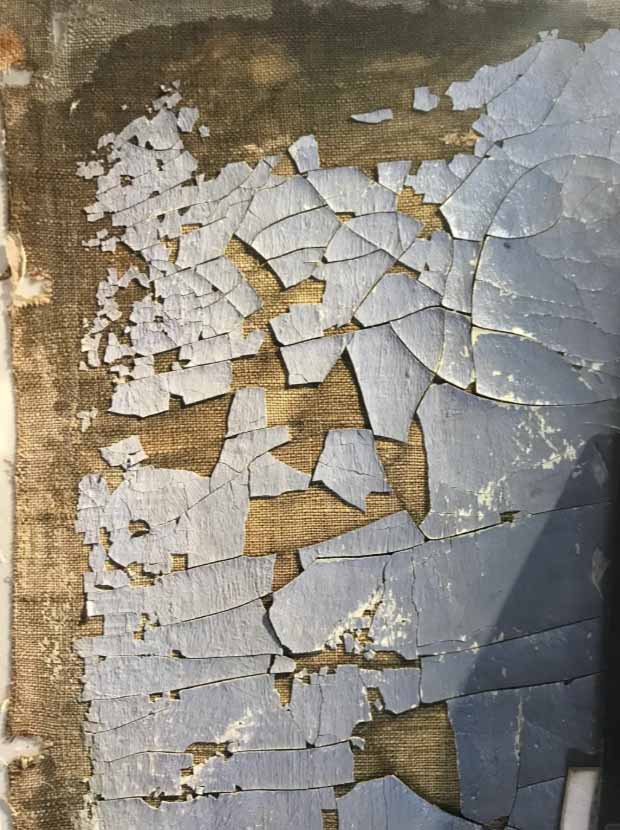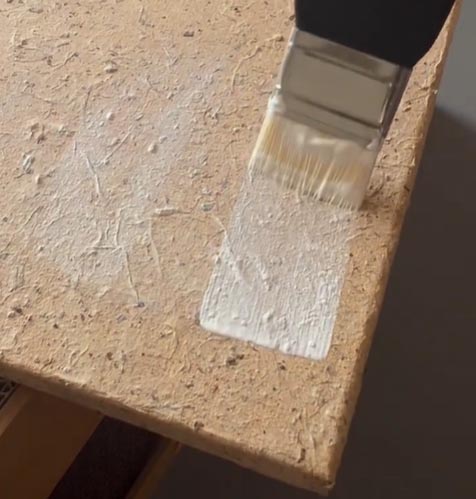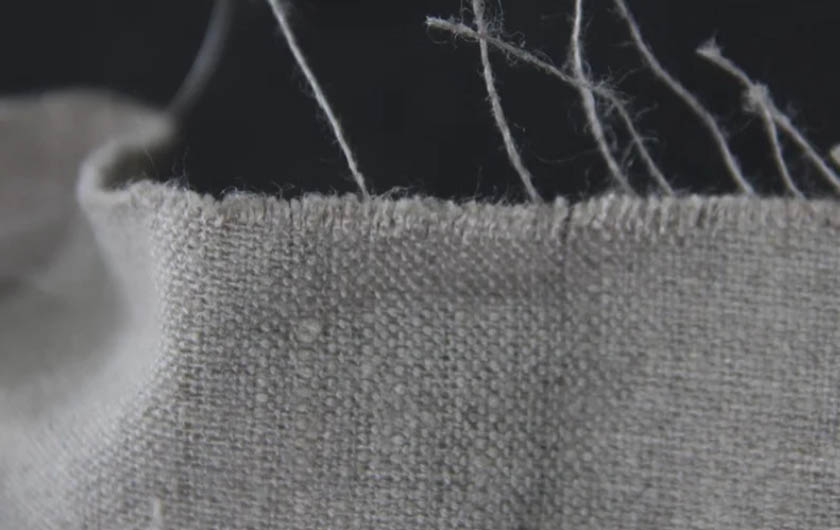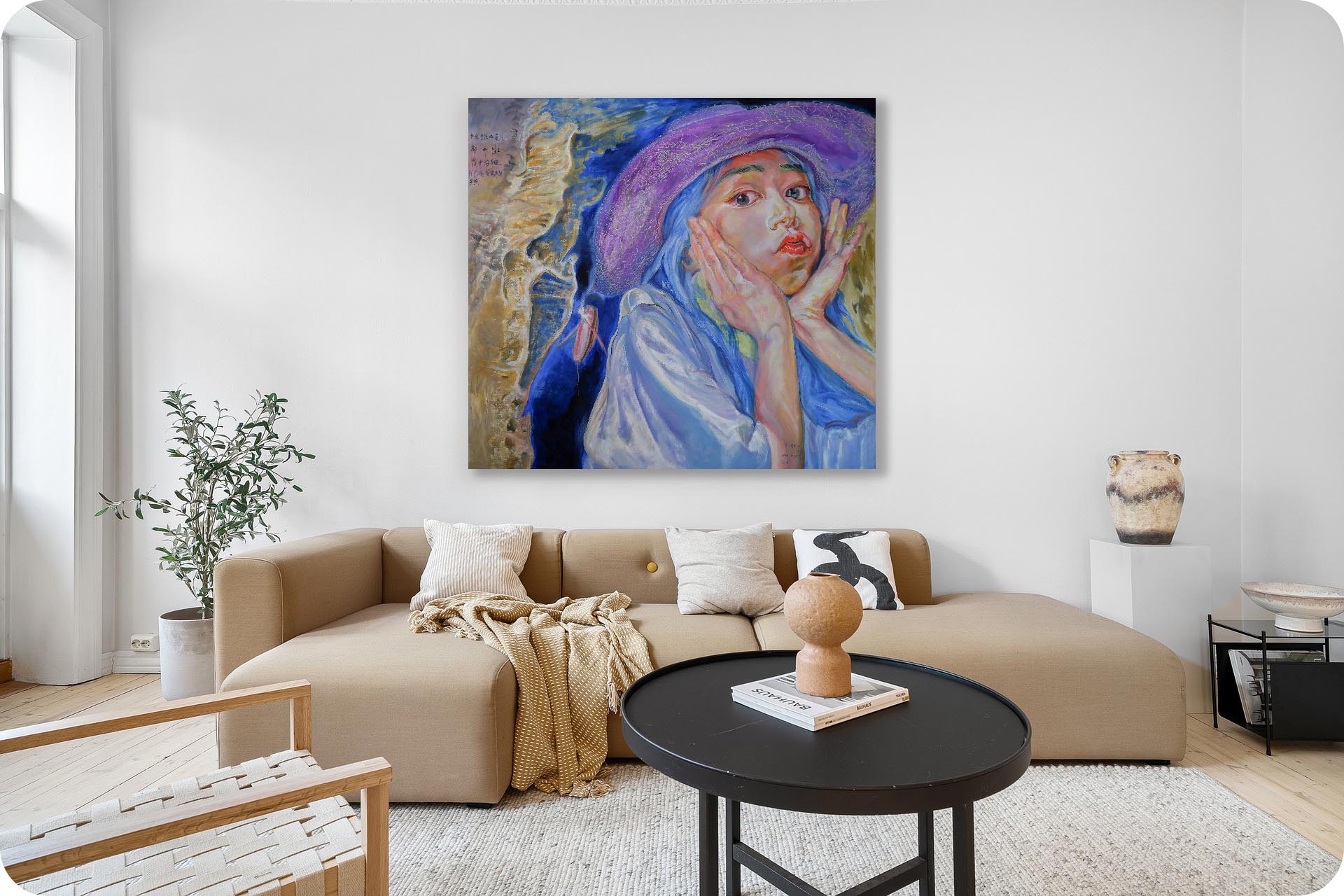Oil painting on a large canvas captures attention with dramatic scale and presence. However, this size brings unique challenges, one of the most common being paint cracking. Artists, collectors, and buyers on an art marketplace need to understand why cracking occurs and how to prevent it. This guide explores practical solutions that balance artistry with preservation. Knowledge of causes and techniques ensures that large-scale oil paintings remain stable over time.
1.Understanding Why Cracks Form
Large canvases are more vulnerable to movement and stress. Fabric expands and contracts with humidity and temperature changes, placing strain on paint layers. Over time, the rigid surface of dried oil may break. Historical works demonstrate this clearly: Leonardo da Vinci’s Mona Lisa exhibits fine craquelure caused by centuries of environmental fluctuations. Collectors and institutions such as the Louvre invest heavily in climate control to slow these processes. Understanding material behavior is the foundation of prevention.

2.Selecting the Right Support
The choice of canvas material strongly influences stability. Linen is more durable than cotton and resists stretching on large formats. Professional art platforms like Christie’s and museums such as MoMA recommend archival-grade linen for investment-level works. Buyers looking to buy original oil paintings online should confirm whether linen was used, as this contributes to long-term preservation. Choosing a stable support reduces the likelihood of structural cracks.
3.Preparing the Ground Properly
The ground, or primer, serves as the interface between canvas and paint. An absorbent ground causes uneven drying, leading to tension and cracking. Applying multiple coats of gesso or oil primer seals fibers and provides a flexible surface. Studies from the National Gallery, London emphasize how inadequate priming accelerates damage. Proper surface preparation gives the painting stability from the ground up.

4.Applying Paint with Technique
The classic principle of “fat-over-lean” is essential. Thinner underlayers dry first, while oil-rich layers above remain flexible. Ignoring this principle creates brittle films prone to cracking. Combining heavy impasto with glazing requires caution, as different drying speeds increase internal stress. Conservation case studies at Tate Modern show failures when artists overlooked these technical basics. Applying paint with awareness of drying behavior prevents premature cracks.
5.Managing Environmental Factors
Environment plays as much of a role as technique. Oil paint reacts slowly to light, heat, and moisture. Relative humidity should remain between 45–55%, and temperatures stable. Direct sunlight accelerates deterioration. Collectors, particularly those active in an art marketplace, must ensure storage and display areas are controlled. Using UV-filtered glass or museum-quality varnish reduces external risks. Environmental stability supports long-term preservation of oil paintings.
6.Storage, Display, and Transport
Handling and logistics significantly influence condition. Shipping a large canvas without support can cause bending and cracks. Museums like the Louvre and galleries such as MoMA rely on custom crates with vibration dampening. Collectors purchasing through online platforms should request professional packing and insured transit. For storage, maintaining upright positions and avoiding damp basements or overheated attics is crucial. Proper handling, packing, and transport reduce preventable structural stress.

7.Considerations for Art Buyers and Collectors
Collectors who buy original oil paintings online must recognize signs of early cracking. Detailed images in listings, condition reports, and questions about the artist’s technique help avoid future issues. For investment-grade works, requesting professional condition checks before purchase is standard practice. Leading platforms like Christie’s and Sotheby’s provide this service. Informed purchasing decisions protect both cultural and financial value.
8.Conclusion
Large oil paintings hold powerful impact but require careful planning to avoid cracking. With proper materials, ground preparation, painting technique, and professional care, their longevity can be safeguarded. Buyers and collectors also share responsibility by demanding transparency and practicing safe display. Every preventive step ensures the artwork’s beauty and value endure for generations.
About Artphiloso
Hi, I’m Philo, a Chinese artist passionate about blending traditional Asian art with contemporary expressions. Through Artphiloso, my artist website, I share my journey and creations—from figurative painting and figure painting to floral oil painting and painting on landscape. You'll also find ideas for home decorating with paint and more.

FAQs
Q1: What type of canvas is best for large oil paintings?
A1: Linen is preferred because of its dimensional stability and durability compared to cotton.
Q2: Can varnish prevent cracking?
A2: Varnish protects from dirt and UV light but cannot stop structural cracks caused by unstable paint layers.
Q3: How should large canvases be stored?
A3: Keep them upright in climate-controlled rooms with humidity around 50% and away from direct sunlight.
Q4: Does shipping pose a cracking risk?
A4: Yes. Poorly packed canvases may bend or vibrate. Professional crating and cushioning are essential.
Q5: How does priming reduce cracks?
A5: Multiple coats of primer create a sealed, flexible foundation that prevents tension between canvas and paint layers.
Q6: What should buyers check when purchasing online?
A6: Look for clear photographs, condition reports, and ask about materials and technique. Trusted platforms often provide professional assessments.
